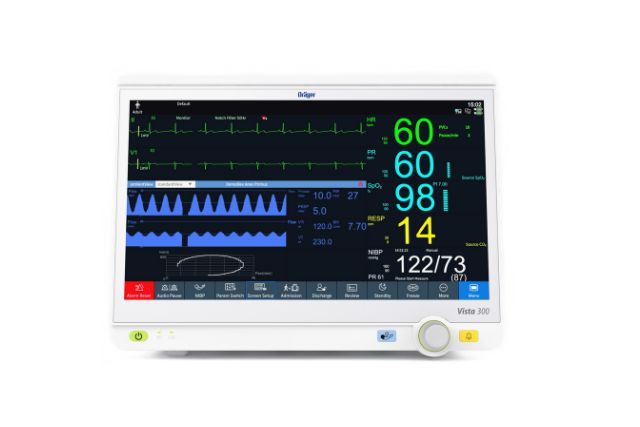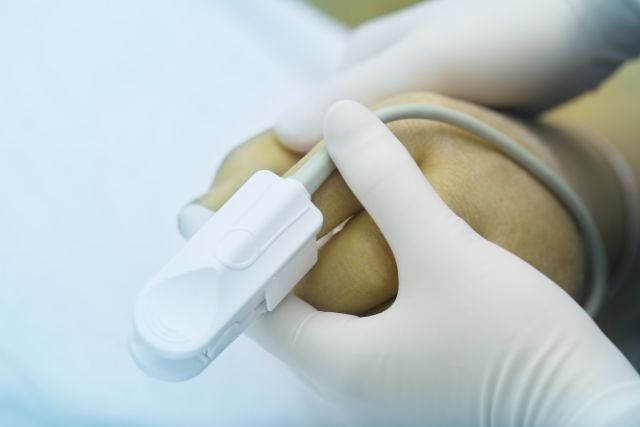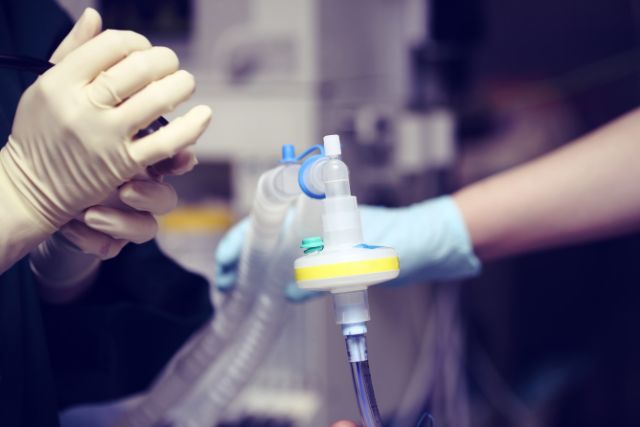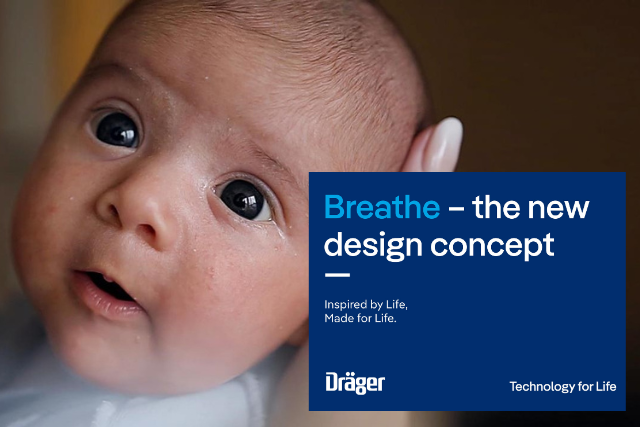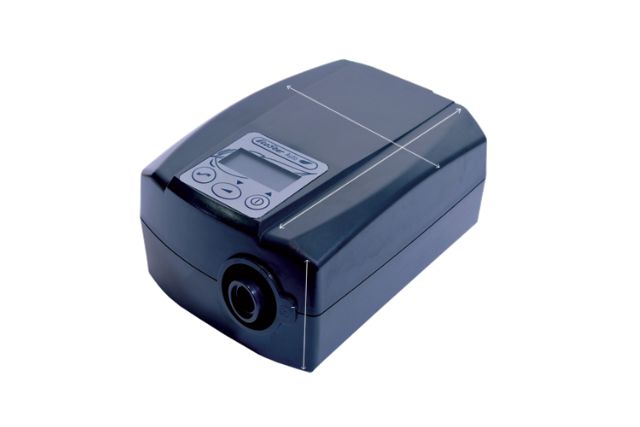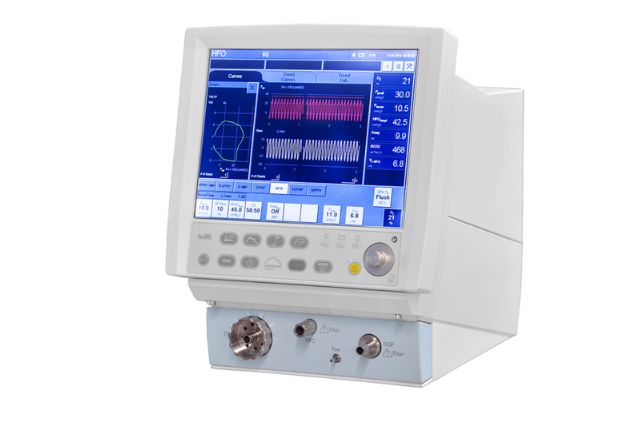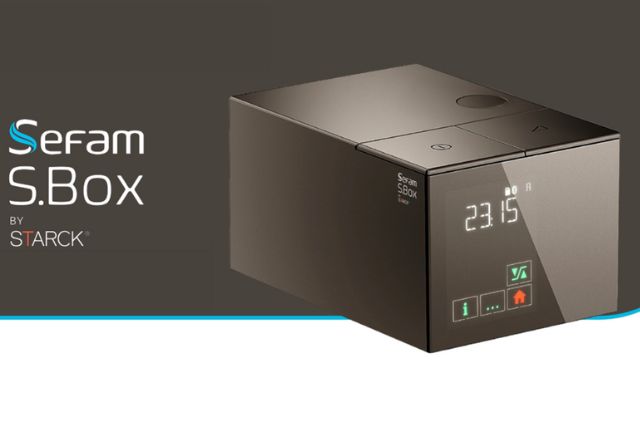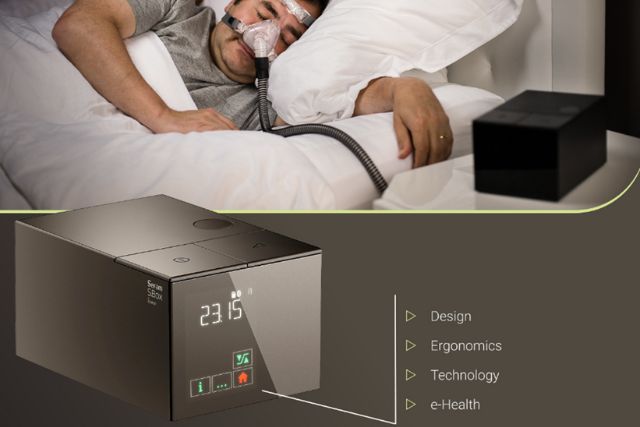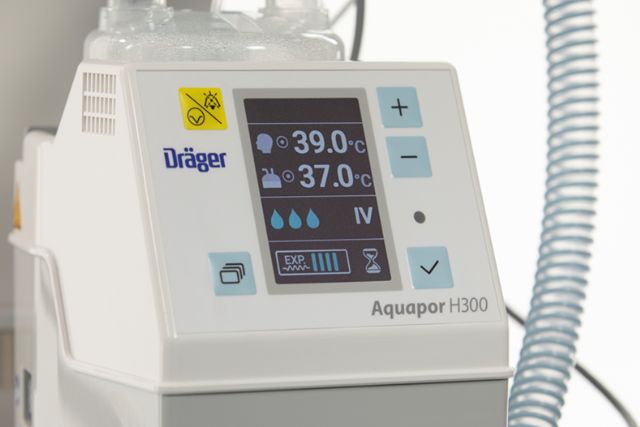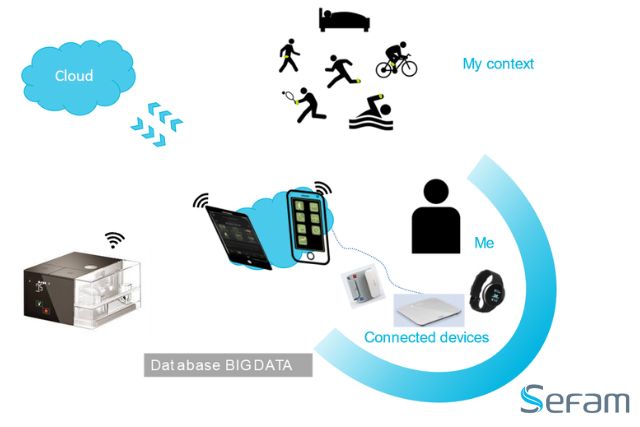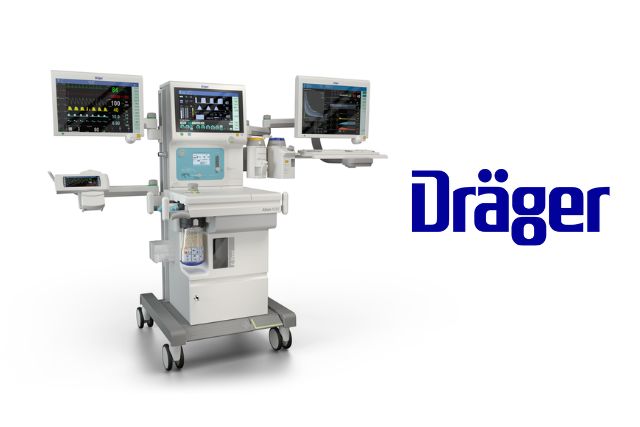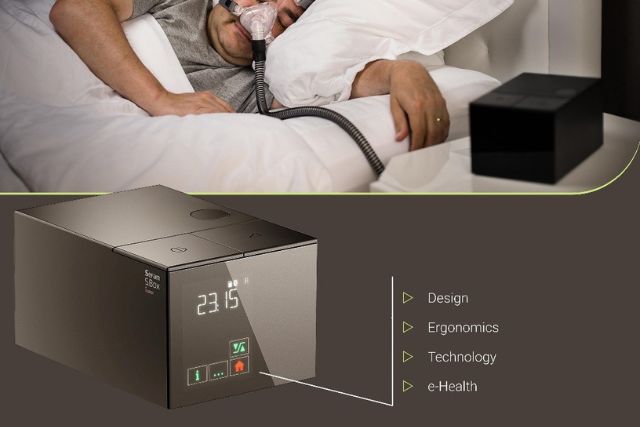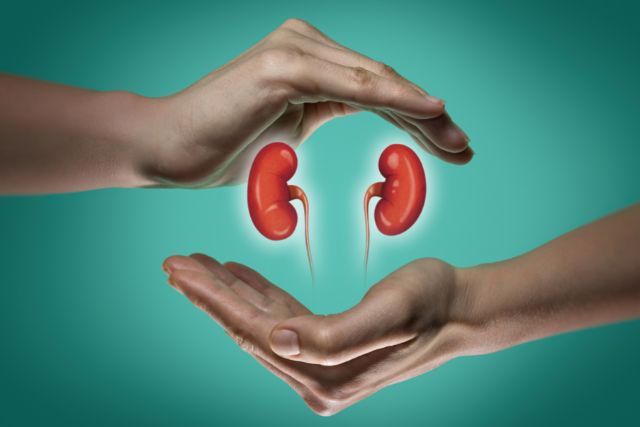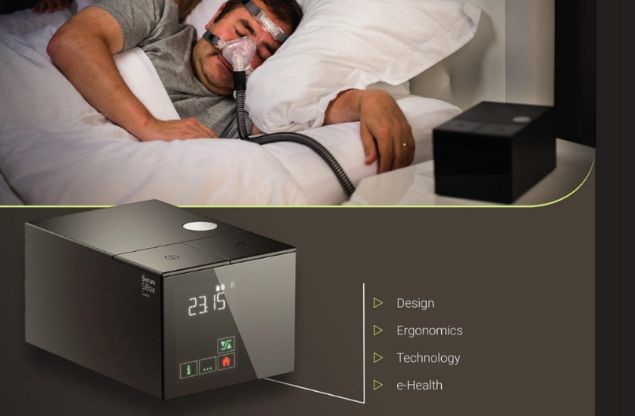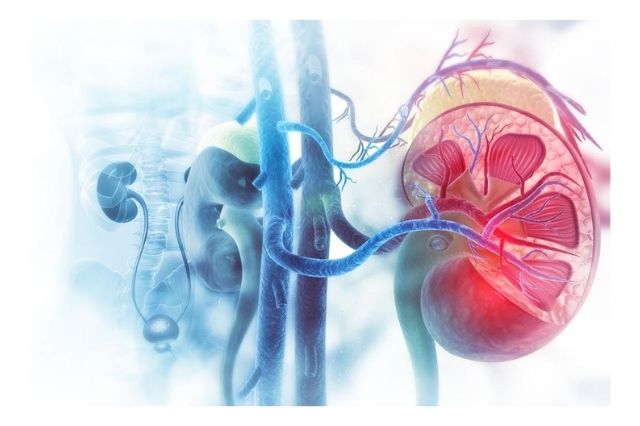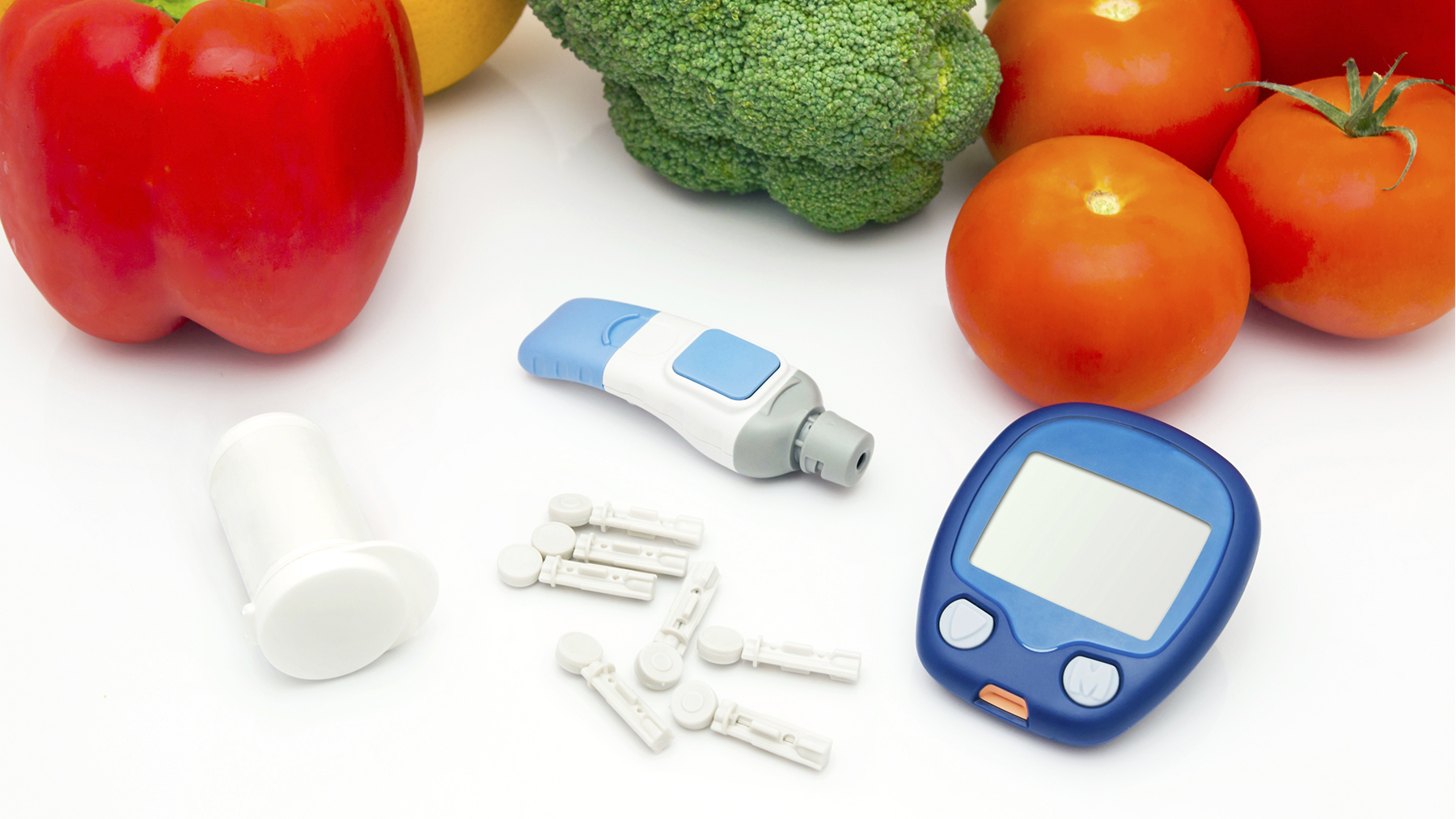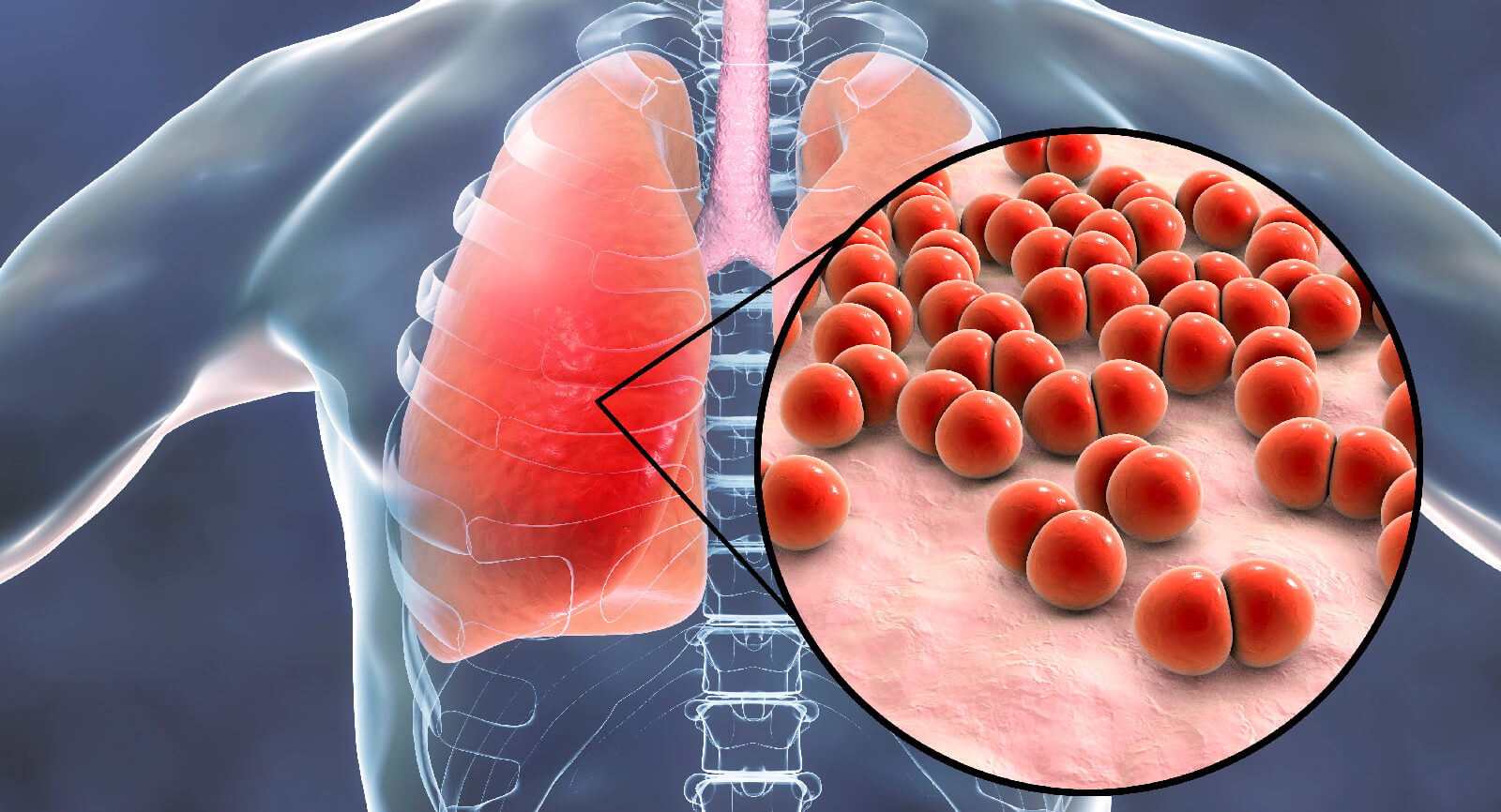Aerogen devices are highly efficient vibrating mesh aerosol drug delivery systems which can be used inline during any type of respiratory support including mechanical ventilation, high frequency oscillatory ventilation (HFOV), non-invasive ventilation (NIV), continuous positive airway pressure (CPAP) and High Flow Nasal Cannula (HFNC)1-4, 7, 20, 23.
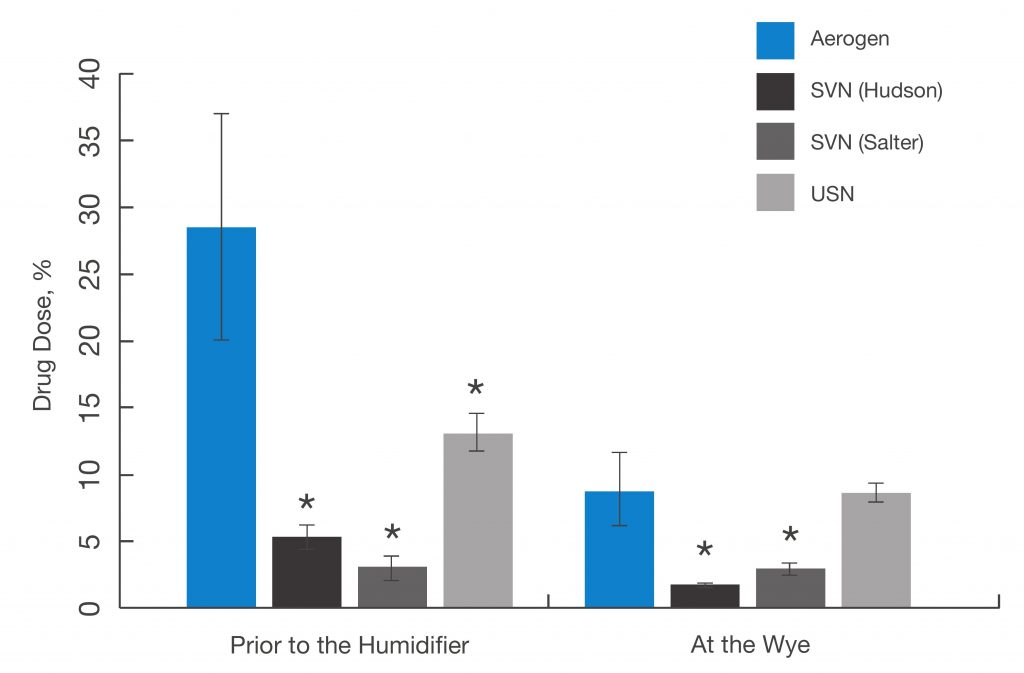
Figure 1: Comparison of drug deposition after aerosol therapy through a ventilation circuit with standard small volume nebulisers, ultrasonic and the Aerogen Solo. The position of the nebuliser tested included: at the wye and before the humidifier (closer to the ventilator). In this paediatric model of mechanical ventilation with bias flow the Aerogen Solo outperforms both small volume nebulisers in both positions in the ventilator circuit. *p<0.001. Adapted from 2.
The Aerogen Solo utilises active vibrating mesh technology, where energy applied to the vibrational element, causes vibration of each of the 1000 funnel shaped apertures within the mesh. The mesh acts as a micropump drawing liquid through the holes producing a low velocity aerosol optimised for targeted drug delivery to the lungs.
The Aerogen device can deliver 9 times more aerosol dose compared to standard small volume- nebuliser during mechanical ventilation2, and outperforms all standard small volume nebulisers when positioned at both the wye (proximal to the patients in the inspiratory limb) and before the humidifier2 (Figure 1).
While the Ultrasonic nebuliser efficiency is comparable to the Aerogen Solo at the Y, there are many limitations with the device which include an inability to aerosolise viscous solutions, heat generation which can degrade some solutions and large residual volumes21. Furthermore, the use of ultrasonic nebulisers is now minimal in the hospitals.
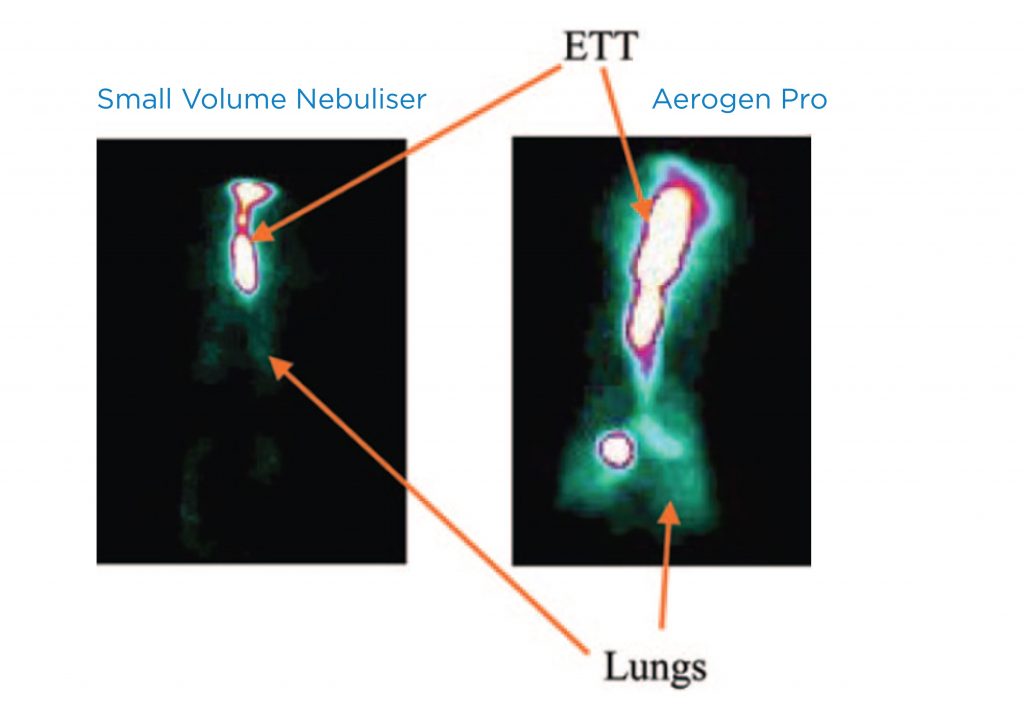
Figure 2: – Lung Scintigraphy images of a ventilated infant animal model after inhalation of radiolabelled aerosol using either a small volume nebuliser or the Aerogen Pro. The Aerogen Pro delivered a significantly greater lung dose than the small volume nebuliser. Adapted from 13.
This difference in aerosol deposition related to positioning was originally studied by Ari et al. and demonstrated improved deposition when the Aerogen Solo was placed before the humidifier compared to at the wye with both adult and paediatric settings when utilising a bias flow1; without bias flow improved aerosol deposition was noted when the nebuliser was positioned closer to the patient22.
Physiological lung dose was studied in an infant animal model, where quantification of radiolabelled aerosol was measured after inhalation through a ventilator circuit, tested with both a small volume nebuliser and the Aerogen Pro.
The Aerogen Pro demonstrated a 25-fold higher deposition of aerosol in the lungs compared to a standard small volume nebuliser13.
The Aerogen Pro achieved a lung dose of 13% and the difference in aerosol deposition between the two systems can be clearly observed in the scintigraphy pictures below (Figure 2)13.
The superior drug deposition available with Aerogen is associated with the minimal residual volume left in the device after nebulisation. Standard small volume nebulisers on average leave up to half of the drug behind which can be quite costly when using more expensive drugs24. Dubus et al. observed that the standard small volume nebuliser has a residual volume of 1.1 mL after nebulisation of 3-mL of solution. In contrast the Aerogen Pro had a residual volume of 0.1 mL after 0.5-mL13.
References:
- Ari A, Atalay OT, Harwood R, Sheard MM, Aljamhan EA and Fink JB. Influence of nebulizer type, position, and bias flow on aerosol drug
delivery in simulated pediatric and adult lung models during mechanical ventilation. Respiratory care. 2010;55:845-51. - Berlinski A and Willis JR. Albuterol delivery by 4 different nebulizers placed in 4 different positions in a pediatric ventilator in vitro model. Respiratory care. 2013;58:1124-33.
- Fang TP, Lin HL, Chiu SH, Wang SH, DiBlasi RM, Tsai YH and Fink JB. Aerosol Delivery Using Jet Nebulizer and Vibrating Mesh Nebulizer During High Frequency Oscillatory Ventilation: An In Vitro Comparison. Journal of aerosol medicine and pulmonary drug delivery. 2016.
- Abdelrahim ME, Plant P and Chrystyn H. In-vitro characterisation of the nebulised dose during non-invasive ventilation. The Journal of pharmacy and pharmacology. 2010;62:966-72.
- Galindo-Filho VC, Ramos ME, Rattes CS, Barbosa AK, Brandao DC, Brandao SC, Fink JB and de Andrade AD. Radioaerosol Pulmonary Deposition Using Mesh and Jet Nebulizers During Noninvasive Ventilation in Healthy Subjects. Respiratory care. 2015;60:1238-46.
- McPeck M. Improved Aerosol Drug Delivery with an Electronic Mesh Nebulizer during Non-invasive Ventilation AARC poster. 2012
- Ari A, Harwood R, Sheard M, Dailey P and Fink JB. In vitro comparison of heliox and oxygen in aerosol delivery using pediatric high flow nasal cannula. Pediatric pulmonology. 2011;46:795-801.
- Reminiac F, Vecellio L, Heuze-Vourc’h N, Petitcollin A, Respaud R, Cabrera M, Le Pennec D, Diot P and Ehrmann S. Aerosol Therapy in Adults Receiving High Flow Nasal Cannula Oxygen Therapy. Journal of aerosol medicine and pulmonary drug delivery. 2015.
- Alcoforado L, de Melo Barcelar J, Castor Galindo V, Cristina S. Brandão S, Fink J, B. and Dornelas de Andrade A. Analysis of Deposition Radioaerosol Nebulizers Membrane in Healthy Subjects. ISAM poster presentation 2015.
- Ari A, de Andrade A, Sheard M, AlHamad B and Fink JB. Performance Comparisons of Jet and Mesh Nebulizers Using Different Interfaces in Simulated Spontaneously Breathing Adults and Children. Journal of aerosol medicine and pulmonary drug delivery. 2014.
- Dugernier J, Reychler G, Depoortere V, Roeseler J, Michotte JB, Laterre PF, Jamar F and Hesse M. Tomoscintigraphiccomparison of lung deposition with a vibrating-mesh and a jet nebulizer. ERS conference poster 2015.
- Hickin S, Mac Loughlin R, Sweeney L, Tatham A and Gidwani S. Comparison of mesh nebuliser versus jet nebuliser in simulated adults with chronic obstructive pulmonary disease. Poster at the College of Emergency Medicine Clinical Excellence Conference. 2014








